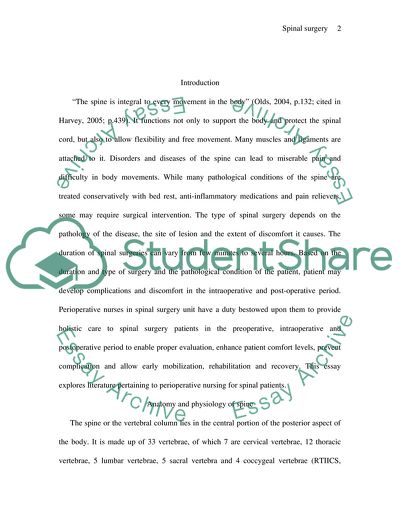Cite this document
(Perioperative Nursing in Spinal Surgery Literature review, n.d.)
Perioperative Nursing in Spinal Surgery Literature review. Retrieved from https://studentshare.org/nursing/1726357-analytical-essay-perioperative-nursing
Perioperative Nursing in Spinal Surgery Literature review. Retrieved from https://studentshare.org/nursing/1726357-analytical-essay-perioperative-nursing
(Perioperative Nursing in Spinal Surgery Literature Review)
Perioperative Nursing in Spinal Surgery Literature Review. https://studentshare.org/nursing/1726357-analytical-essay-perioperative-nursing.
Perioperative Nursing in Spinal Surgery Literature Review. https://studentshare.org/nursing/1726357-analytical-essay-perioperative-nursing.
“Perioperative Nursing in Spinal Surgery Literature Review”. https://studentshare.org/nursing/1726357-analytical-essay-perioperative-nursing.


